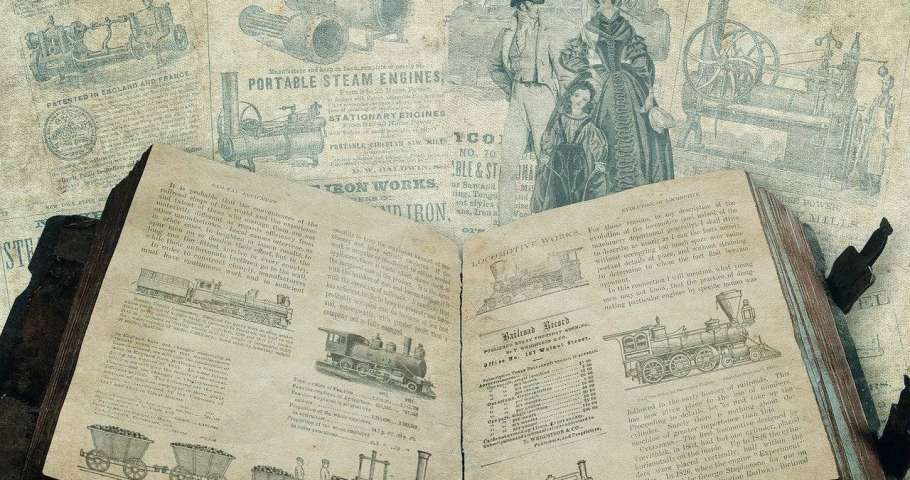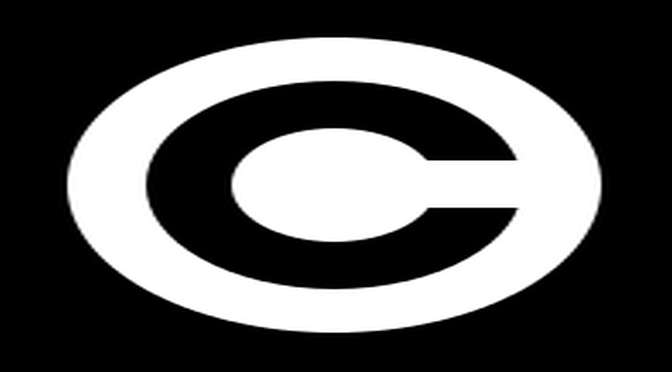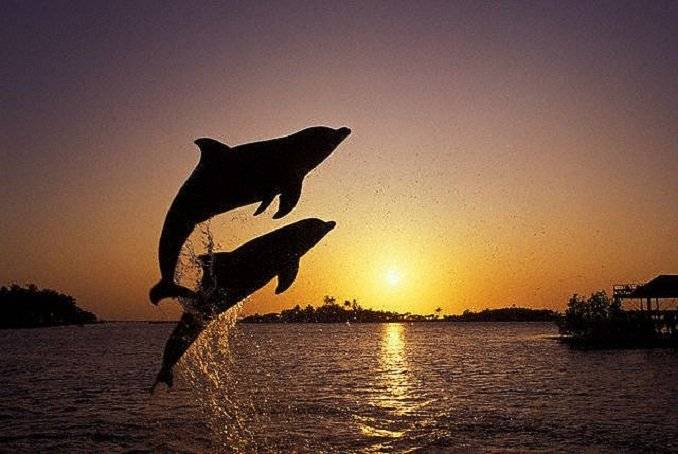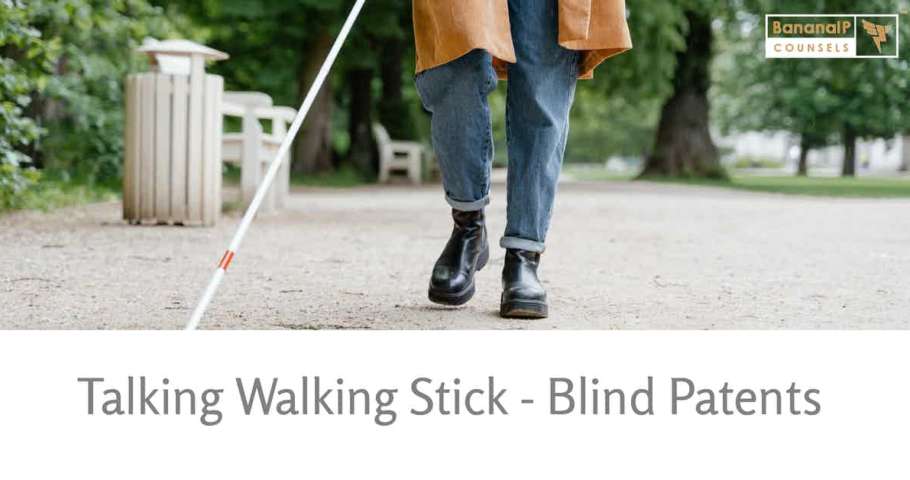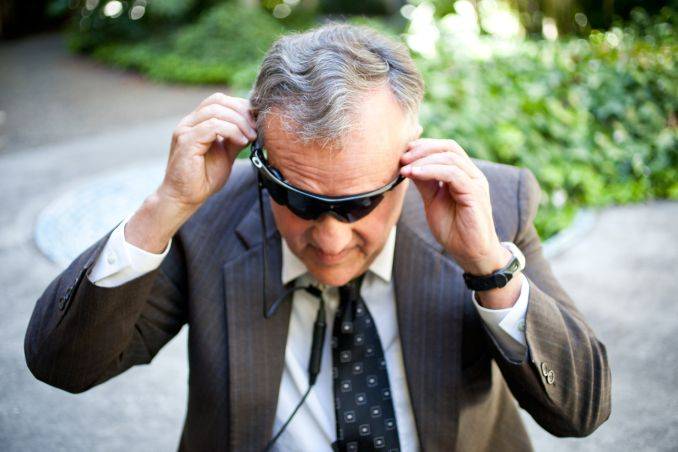This post was first published on 9th December, 2014.
Funding activities during the last quarter, especially when it comes to start ups, was great! Apart from the US$ 1 Billion Fundraising by FlipKart, India saw several start ups being funded at various levels. A Report indicates 93 deals and a total funding of INR 97,738 Million. With the FlipKart deal, e-commerce businesses lead the pack in percentage of start ups funded based on sector.
With respect to start up activities in the…



